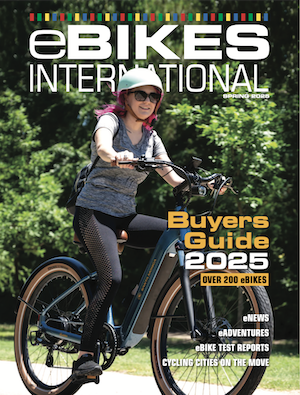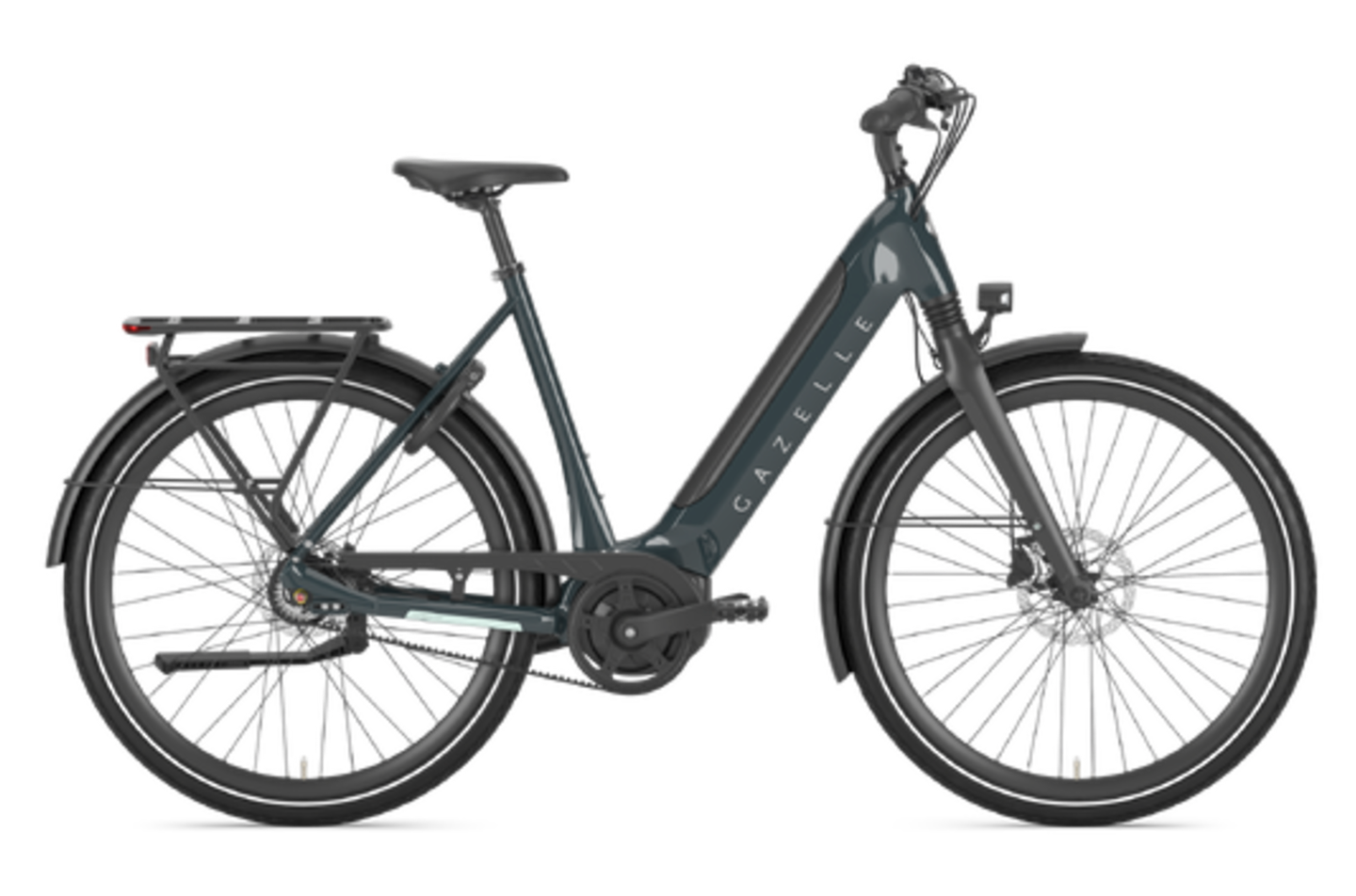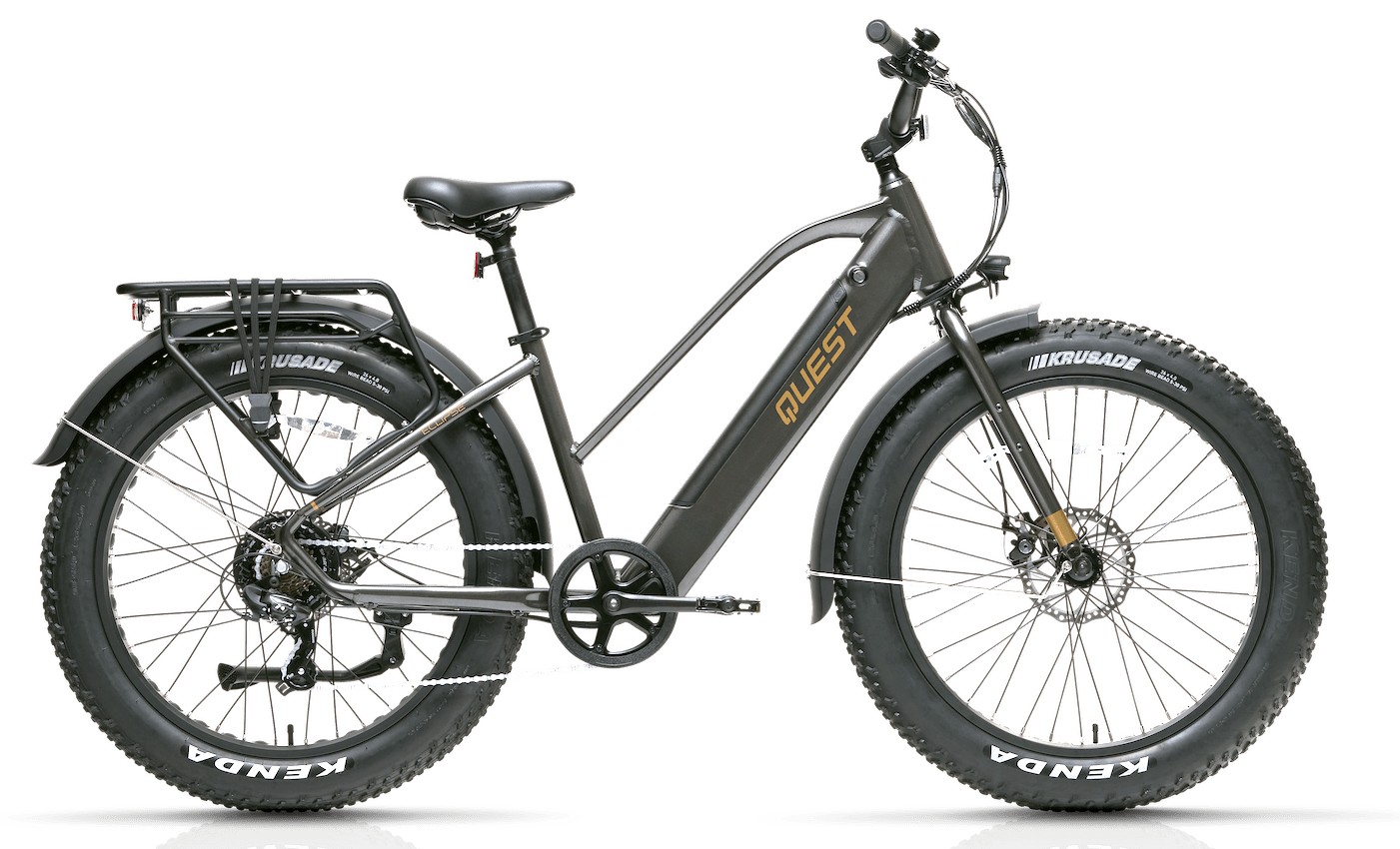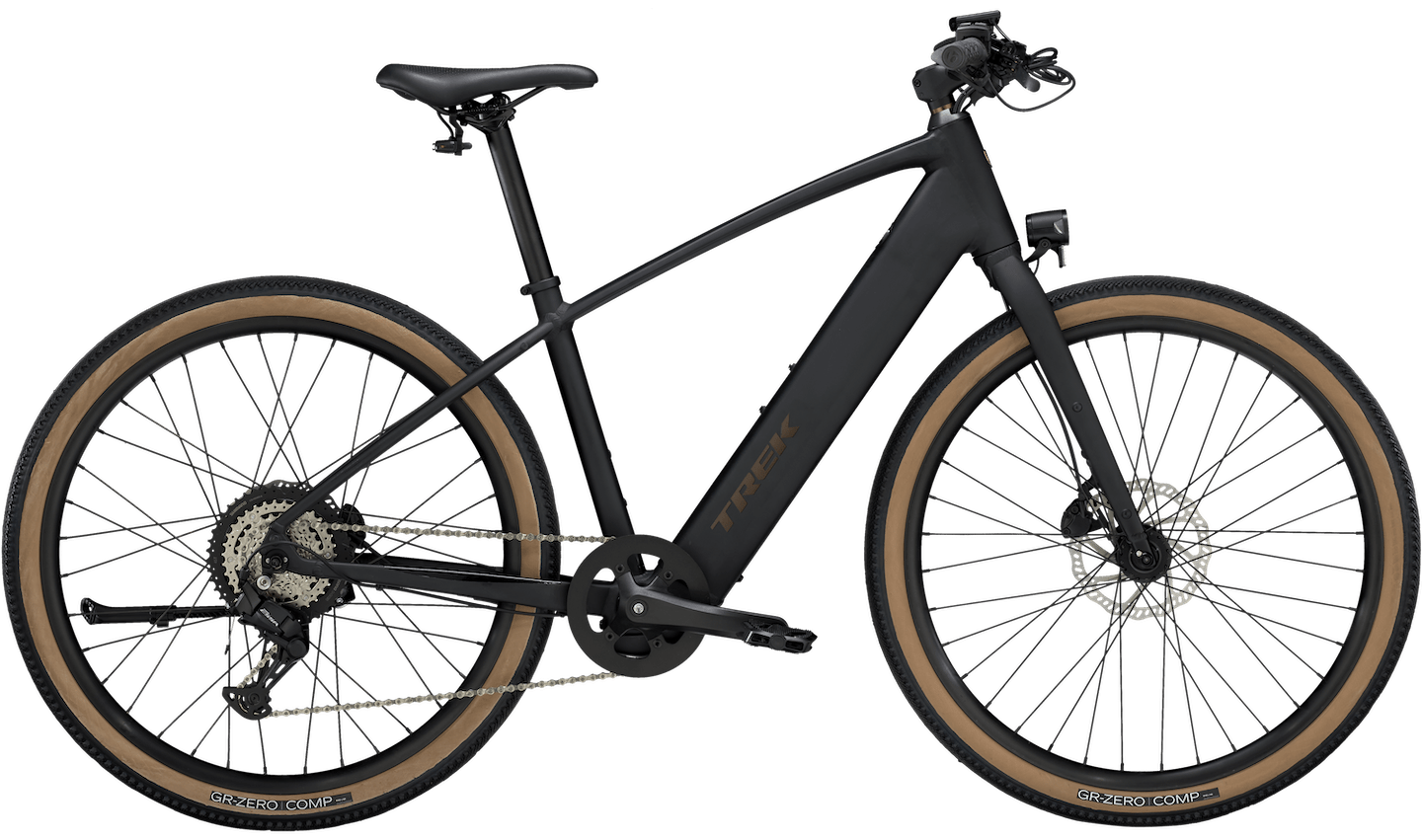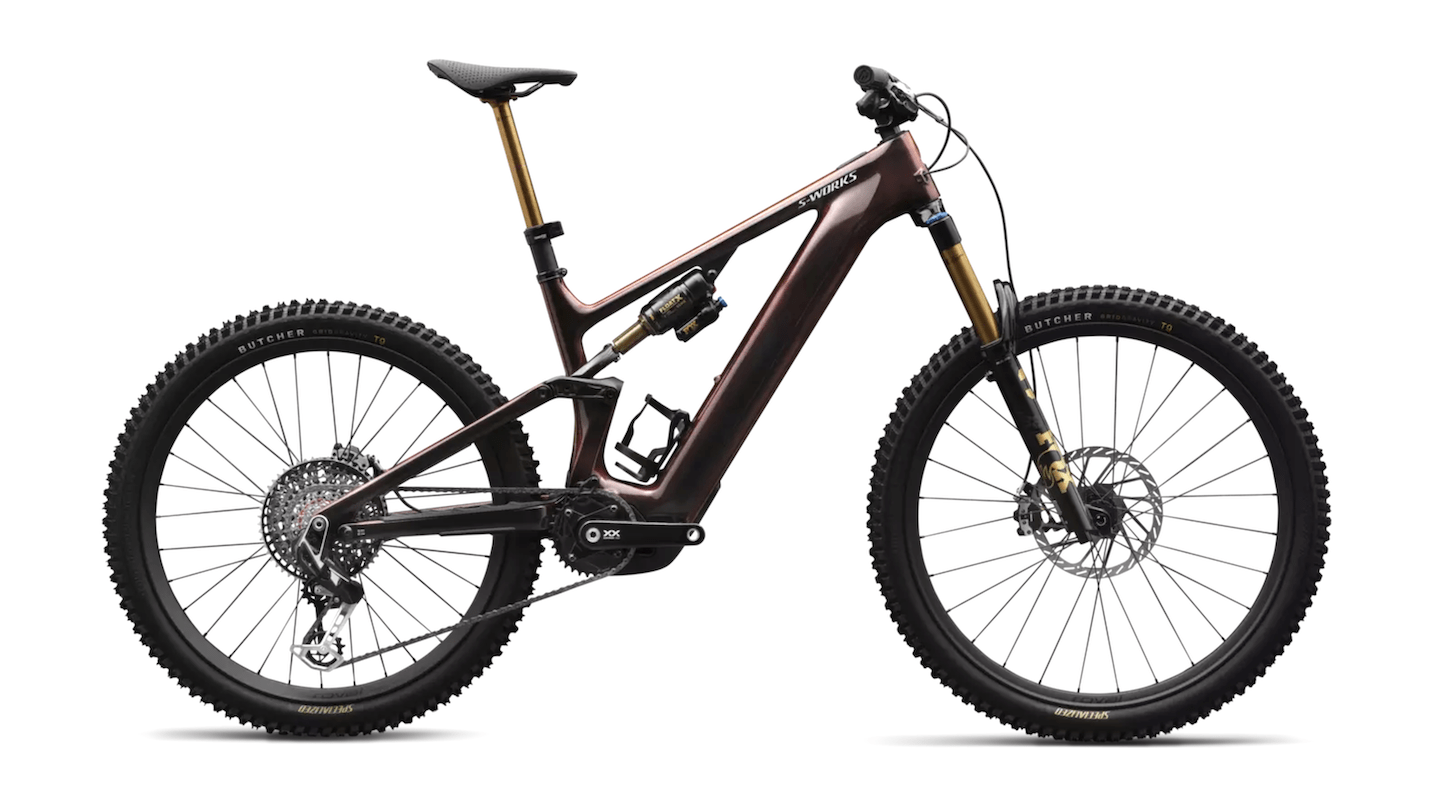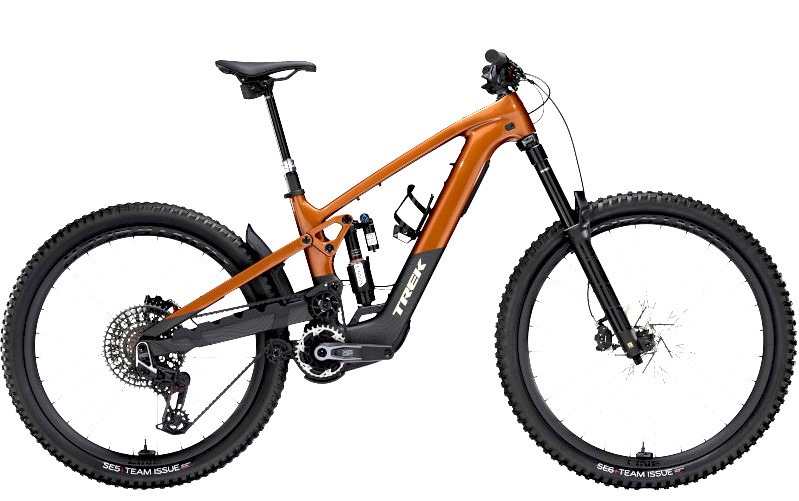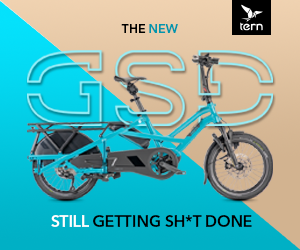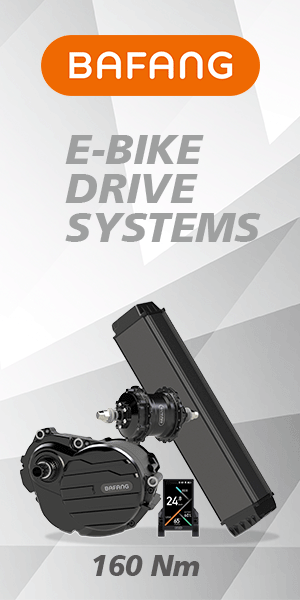January 26, 2021 - It is a sign of the growing professionalism of the cargo bike sector that companies in the sector are now embracing possible European standards and regulations as a symbol of maturity.
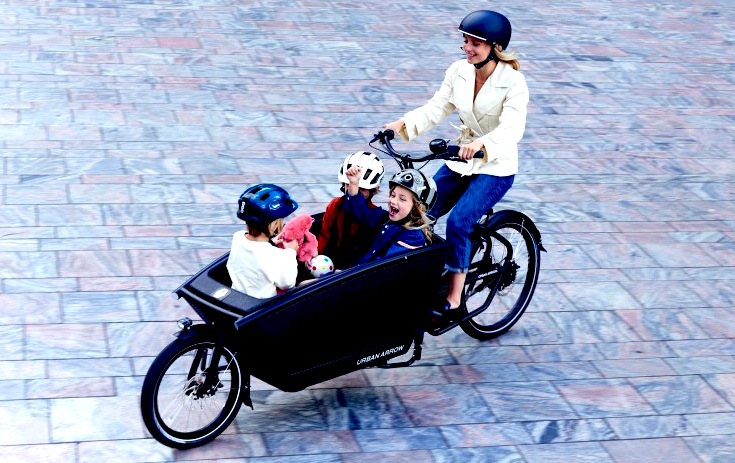
The consumer segment was the fastest growing category until recently, but our 2020 market survey showed that growth in commercial sales now matches consumer sales across Europe. With strong support from the EU and governments in terms of both policy and financing the sector is targeting the category of light commercial vehicles for urban deliveries and services, a category that has been dominated by diesel powered vans until recently. This is part of a longer-term cultural shift in cargo bike sector moving away from its roots as a craft industry and into the mainstream of cycling and logistics businesses.
Until recently the only large-scale purchasers of delivery bikes were national postal services, using designs that would be familiar to a postman or delivery worker over 50 years ago. Now there is potential for larger scale take up in many service and delivery areas. But this explosion of interest in cargo bikes and cycle logistics services brings a need for consistency across the sector.
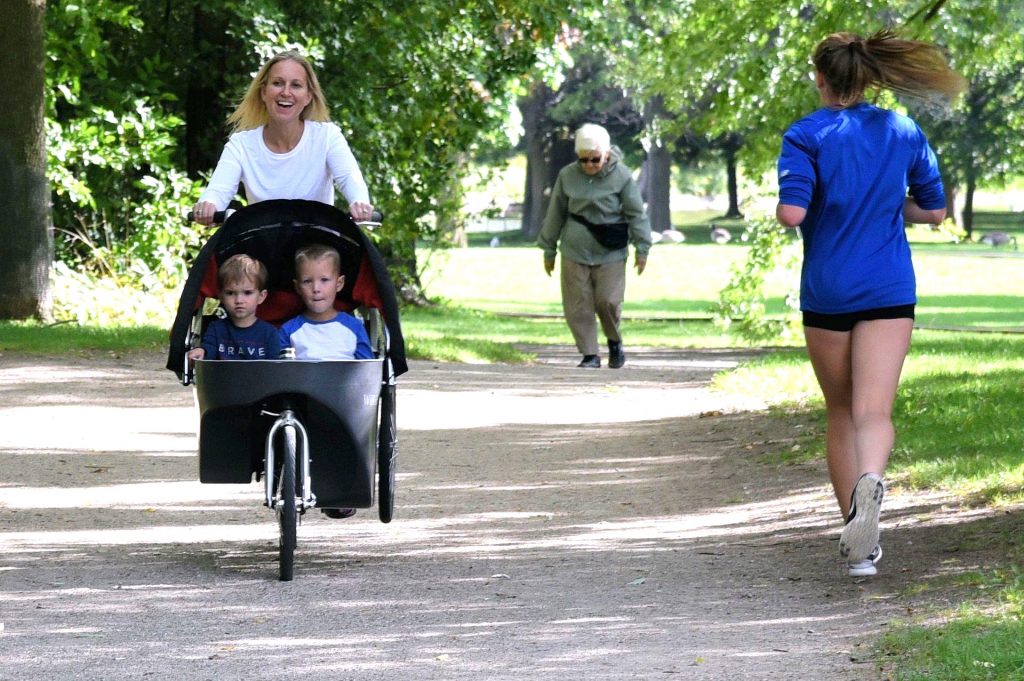
When the Swedish Government announced in 2017 that they had a €125million subsidy fund for e-bikes and cargo bikes the cycling world was delighted. What they didn’t see was the frantic phone calls when someone at the ministry said “how do you define a cargo bike, is there a standard?” in order to release the money. There wasn’t, so some rapid improvisation had to be done by the national associations.
Then there is our collective commitment to road safety. If there are going to be hundreds of thousands of cargo bikes on the streets, is there anything we need to do to reassure regulators and the public about our products? This was brought into sharp focus in 2018 when the cargo bike world was shocked by a story that flew round the internet that several Dutch children had been killed in a cargo bike accident. The story was corrected when it was found that the vehicle involved was an electrically powered child carrier called a Stint, but to this day Wikipedia still calls it a “cargo bike style” vehicle. The accident became a highly-charged political story in the Netherlands when the vehicles were banned and since then the Dutch government started reviewing the safety of related vehicles with a view to regulation. Add a whole layer of new machines such as step scooters, mono-wheels and hover boards and many more governments started complaining to the EU about lack of consistent regulations.
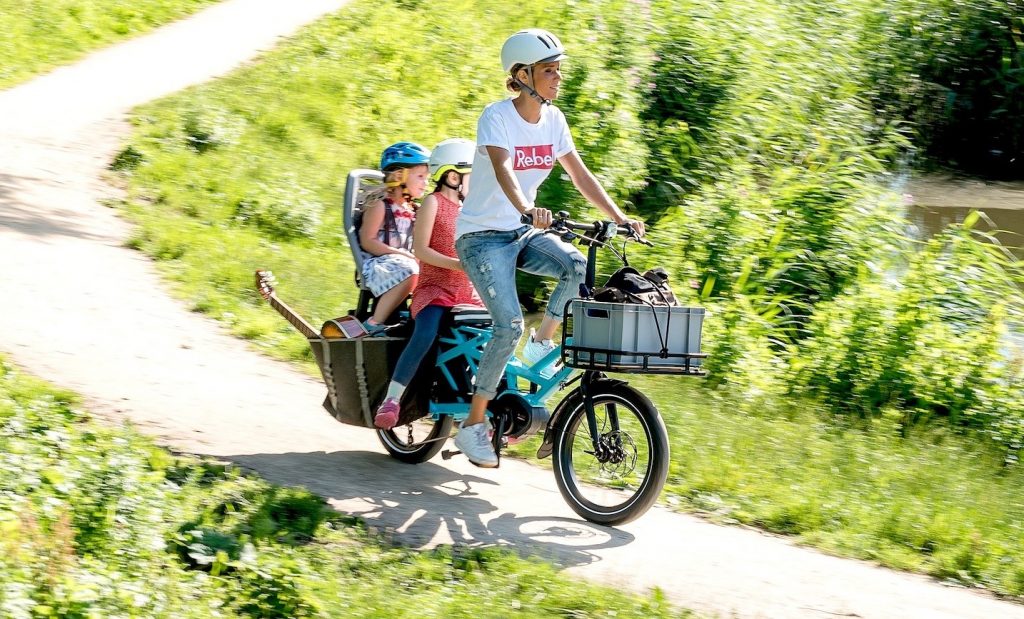
And as we move into a business cycle where more of our member companies are selling to commercial fleet managers they are no longer speaking to cargo bike enthusiasts and early adopters, they are talking to professionals who expect to get the same answers from suppliers that they get from automotive companies. “What’s the maximum loading?”; “What are the regulations?”; “What’s the maintenance regime?”; “What’s the safety record?”. They don’t care if a cargo bike has 2,3,4 wheels or how it compares to other cargo bikes, they want to compare it to fleets they already manage. Some companies can provide the information, but others have struggled, and none of them have a consistent format to use.
Which brings us to where we are now. Industry associations and companies in a few countries have started work on cargo bike standards in the last few years, but the need for a consistent European approach has really come together in 2020 under the umbrella of CIE’s partnership with the European Cycle Logistics Federation. With this umbrella view, coordinated by our joint Expert Group, we can see that there is little consistency in the national approaches, and even worse some of the proposals could seriously damage the growth of some cargo bike and commercial vehicle services.
In November 2020 the expert group made its first proposal on how cargo bikes could be regulated to an EU review of mobility devices, an achievement celebrated as a major milestone in the development of the sector. Together with the proposals were results of a comprehensive survey on cargo bikes in commercial use, the first of its kind at the international level. This showed that cargo bikes are possibly the safest bikes in the world, because after millions of kilometres of use in commercial fleets not a single fatal accident had been reported, and few injuries to riders or the public. That allowed the new proposals for cargo bike regulation to be compared confidently to bikes and e-bikes.
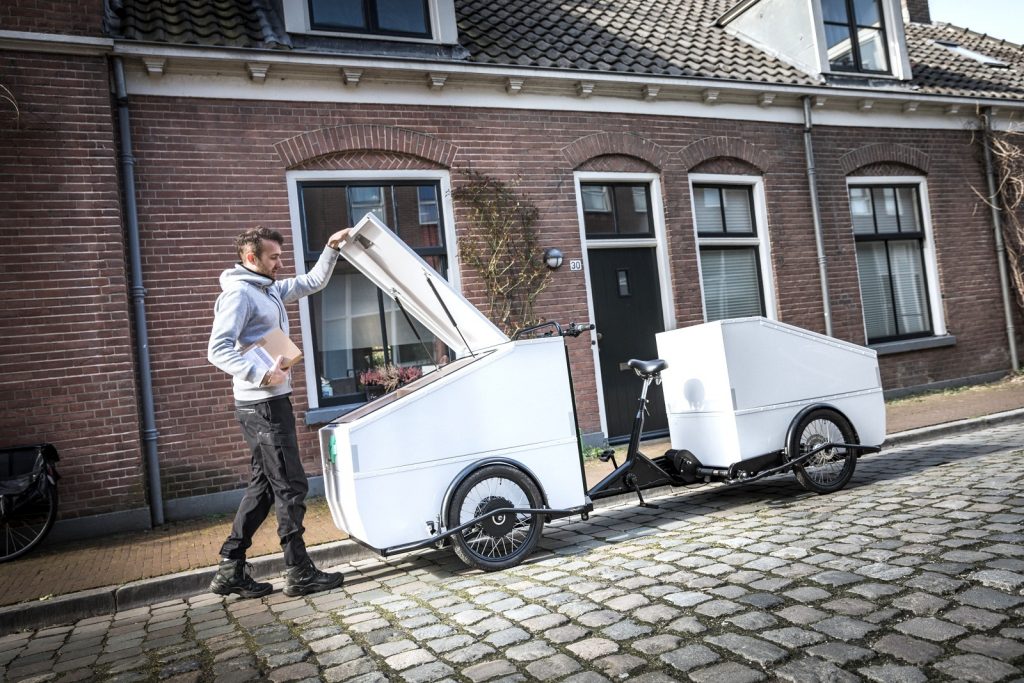
What the expert group proposes is three categories of cargo bikes. The route forward for two of the classes is reaching wide agreement.
Class A are built around the smaller cargo bikes that have been on the market for the longest time and are most familiar in Europe. Used for private or commercial use they are very much part of the bicycle market and used for light commercial work and daily activities such as child carriage. The EU standards’ body CEN has agreed to work on EU standards for these bikes as part of their bicycle work programme.
Class C are the biggest and heaviest light commercial vehicles with pedal assistance, really competing with vans. They have a big advantage over vans in clean city access, but with weights over 800kg and loads up to 250cm wide they have to be built to higher specifications and could have higher power motors than the smaller bikes. This will lead them into the same regulatory category as mopeds and speed pedelecs, which means passing a process called Type Approval, normally for motorised vehicles. The only problem is that the existing type approval for this category is almost impossible for a bike to pass, so the main lobby task for the future will be to secure a process that works.
The challenging category falls in between. Commercial logistics and services companies need to know that the bikes can access city centres, can carry a wide variety of loads including pallets and that they can find a workforce who don’t have to be super athletes to move the bikes, especially in hilly cities. The CIE/ECLF analyses shows that proposed Class B cargo bikes can safely be covered by bicycle regulations and standards and that this approach will preserve access to cities. But some disagree, worried that the machines will be to wide, to slow or just too far removed from familiar bicycles and they would push the class B into Type Approval. There is now a detailed discussion going on inside and outside the industry to reach a compromise which will not jeopardise the potential for these bikes to transform cities, and build exciting business opportunities in manufacturing, sales and services.
There may be some disagreement, but what is so clear is the quality of the arguments, the emergence of well substantiated evidence and the commitment of a whole sector of companies working together in common interests. That is really exciting for all of us and promises well for the future.
To learn more about the CIE/ECLF Cargo Bike and Cycle Logistics Experts Group click here.
The work of the Expert Group is supported by the City Changer Cargo Bike Project (CCCB). Disclaimer on behalf of the CCCB project: This article reflects only the author’s view and the Innovation and Networks Executive Agency (INEA) is not responsible for any use that may be made of the information it contains.



